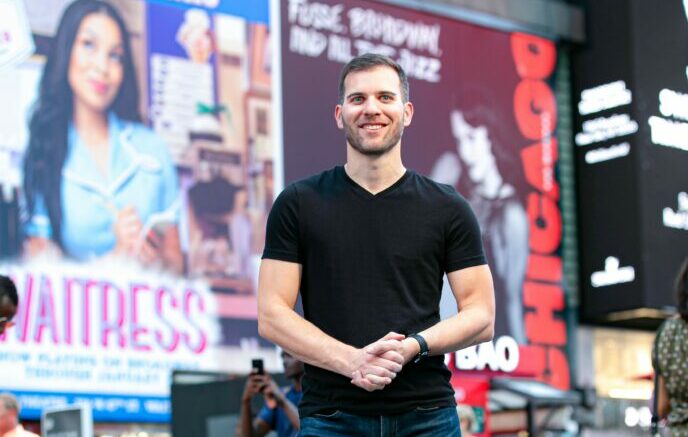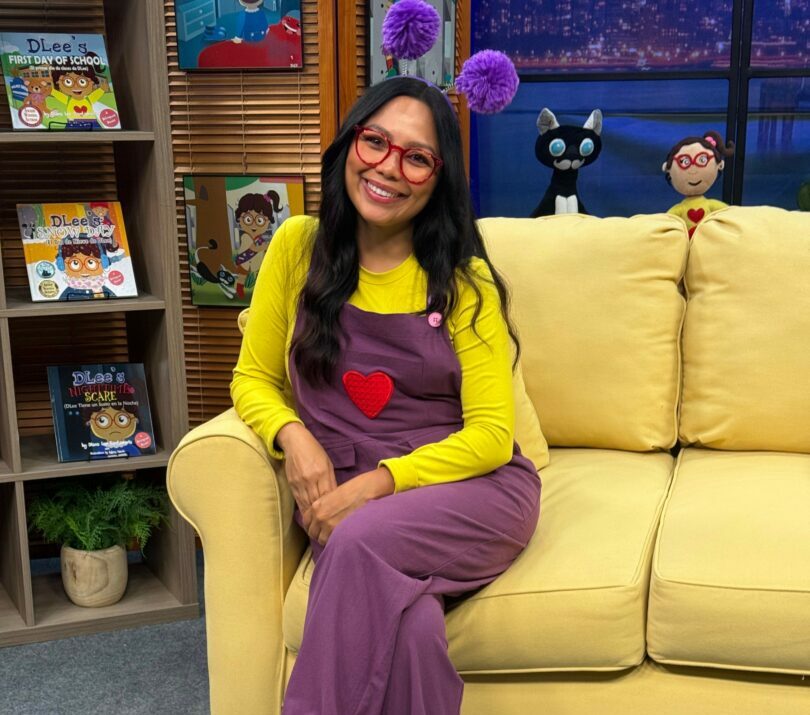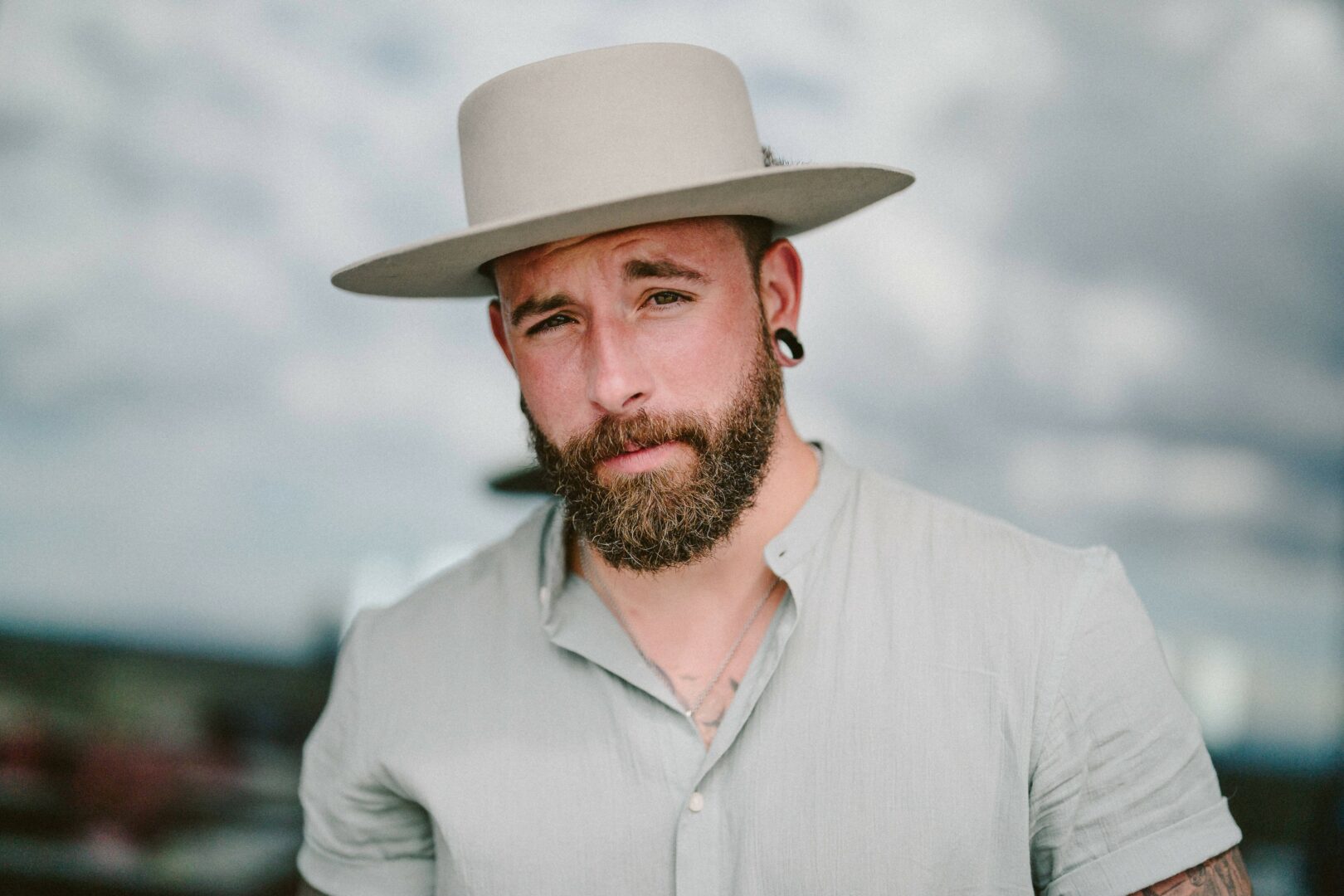We were lucky to catch up with Lilith Lee recently and have shared our conversation below.
Hi Lilith, so excited to talk about all sorts of important topics with you today. The first one we want to jump into is about being the only one in the room – for some that’s being the only person of color or the only non-native English speaker or the only non-MBA, etc Can you talk to us about how you have managed to be successful even when you were the only one in the room that looked like you?
I’ve spent most of my life knowing I was different. I grew up as one of the only Black kids in my school, neighborhood, and even in parts of my family. I was also bigger than most kids, so I stood out physically, too. Now, as a late-diagnosed autistic 31-year-old, I’ve realized that much of the difference I felt growing up was connected to being autistic.
It wasn’t until after that diagnosis that I started embracing my differences. For years, I tried to fit myself into places where I didn’t belong, only to lose pieces of myself along the way. Over the last two years, I’ve been rediscovering who I am, and now I can confidently say I feel whole again.
So, what did I learn? I learned to love myself when I’m the only one in the room. To stop rejecting the only person who will be with me forever: me. I learned to be myself. And I know that sounds corny—like something your mom tells you when you’re nine and you just roll your eyes. But it’s true. Yes, being yourself makes you vulnerable to rejection, and rejection is hard. But it’s also freeing. I’m done trying to create art that everyone loves. I want to make art that makes people feel—whether it’s good or bad, that’s the point.
And as a plus-size artist? I just take up space—literally and figuratively. Society loves to tell us what’s in style, what’s attractive, or what’s acceptable, but those trends change constantly. So, is it really about style, or is it about capitalism? It’s both, honestly. That’s why I wear what I want, embrace what I like, and know I’m looking good doing it. Most days, that confidence carries me. Other days, a clean face and a casual fit work just fine.
No one looks like me. No one can offer what I can. My art is driven entirely by my experience. But even in its uniqueness, I hope it resonates with someone out there—that it creates a bond, even if just for a second.


Great, so let’s take a few minutes and cover your story. What should folks know about you and what you do?
I’m Lilith Lee, a multimedia artist who creates work that bridges food, art, and identity. My collective, GLTNI (pronounced like “gluttony”), represents the heart of my creative journey. I began with cake decorating, earning recognition as one of Washingtonian’s Best Wedding Vendors and being featured in publications like Rock and Roll Bride Magazine. But after five years, I realized the demands of the baking industry weren’t sustainable for me.
That realization led me to transition into sculpture art, a shift that has been both freeing and transformative. Now, I can honor my love for food aesthetics without the sensory overload and burnout of traditional baking. My work under GLTNI is a deeply personal exploration of themes like sensory needs, mental health, and identity as a queer, autistic, POC artist. Every piece I create feels like unmasking another layer of myself.
This year, I’m focusing on expanding my portfolio and pursuing solo gallery shows to push the boundaries of my creativity even further. My faux cakes, frosting faces, and food-inspired sculptures are labors of love, each one reflecting my unique perspective.
I want my art to be more than something people see—I want it to be an experience, a conversation, and sometimes even a challenge. No one else can bring what I do to the table because it’s rooted in my singular experiences. But my hope is that, in its uniqueness, my work resonates with others in unexpected ways.


If you had to pick three qualities that are most important to develop, which three would you say matter most?
Looking back, three things have been most impactful in my journey: adaptability, authenticity, and curiosity.
Adaptability has been a survival skill and a creative tool for me. Growing up, I was constantly navigating spaces where I didn’t quite fit, whether as one of the only Black kids in my school or later, as a queer, autistic artist in the baking industry. Learning to adapt wasn’t just about survival—it was about finding ways to thrive. When I realized the demands of baking weren’t sustainable, I transitioned into sculpture art, which gave me space to grow in ways I hadn’t imagined. For anyone starting their journey, I’d say: embrace change. Pivot when something doesn’t feel right. Growth comes from being open to new directions.
Authenticity has been my biggest lesson. For years, I felt like I had to mold myself to fit into spaces that weren’t built for me, and it left me feeling fragmented. Rediscovering and embracing my identity as a queer, autistic, POC artist has been the most freeing thing I’ve ever done. Now, my art feels honest—it reflects who I am. My advice? Stop trying to be what you think people want. Be yourself. Even if it means being the only one in the room who looks or thinks like you, your authenticity will set you apart.
Curiosity has always been my compass. I’m constantly asking “what if?” and following my instincts, whether I’m sculpting a faux cake or blending sensory themes into my art. Curiosity pushes me to experiment and explore, even when I’m unsure of the outcome. For those just starting, let yourself be curious. Try things that scare you, ask questions, and don’t be afraid to fail. Some of the most exciting breakthroughs come from those moments of exploration.
If I could give one piece of advice, it’s this: Trust yourself. Your journey won’t look like anyone else’s, and it’s not supposed to. The more you lean into what makes you unique, the more your work will resonate with others in ways you never expected.


Before we go, any advice you can share with people who are feeling overwhelmed?
When I feel overwhelmed, it’s usually because I’ve taken on too much, or I’m trying to juggle everything at once. I’ve learned that it’s okay to step back and hit the pause button.
One thing that helps me is breaking things down into smaller chunks. Instead of staring at the mountain of tasks, I just focus on one thing at a time. It’s a small change, but it makes everything feel way more manageable.
Another strategy I swear by is checking in with my sensory needs. As an autistic person, I can get overwhelmed by noise, bright lights, or too many people. So, I make sure to give myself sensory breaks. Whether it’s stepping outside for some fresh air, turning down the lights, or simply curling up with a soft blanket, these little moments help me reset and avoid burnout. And let’s be honest, having a sensory happy snack always helps too. Something comforting—like a piece of chocolate or a satisfying crunchy snack—can make all the difference. It’s a reminder to stay in tune with what my body needs.
I also try to stay mindful and focus on the present moment. I do things like deep breathing or grounding exercises to clear my head. It’s amazing how just focusing on my breath for a minute can reset my energy. I also remind myself why I’m doing what I do. When I reconnect with the purpose behind my art, it helps bring everything back into focus and reminds me that I’m on the right path.
But honestly, my best advice when you’re feeling overwhelmed is to be kind to yourself. We all go through it, and it’s okay to not be perfect. Give yourself permission to rest, recharge, and eat a damn snack. Overwhelm doesn’t last forever, and sometimes all you need is a break to get back on track.
Contact Info:
- Website: https://www.gltni.com
- Instagram: https://www.instagram.com/gltni.0


so if you or someone you know deserves recognition please let us know here.




